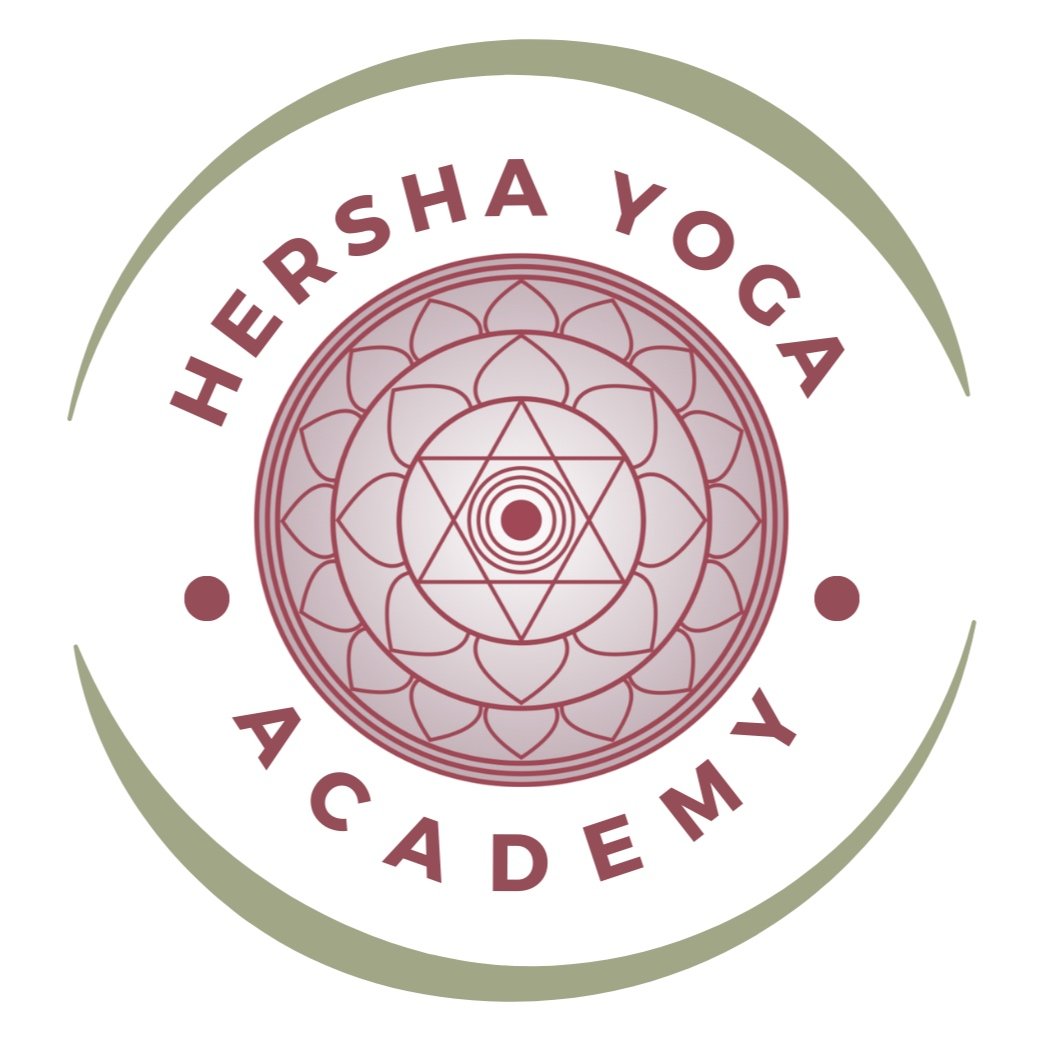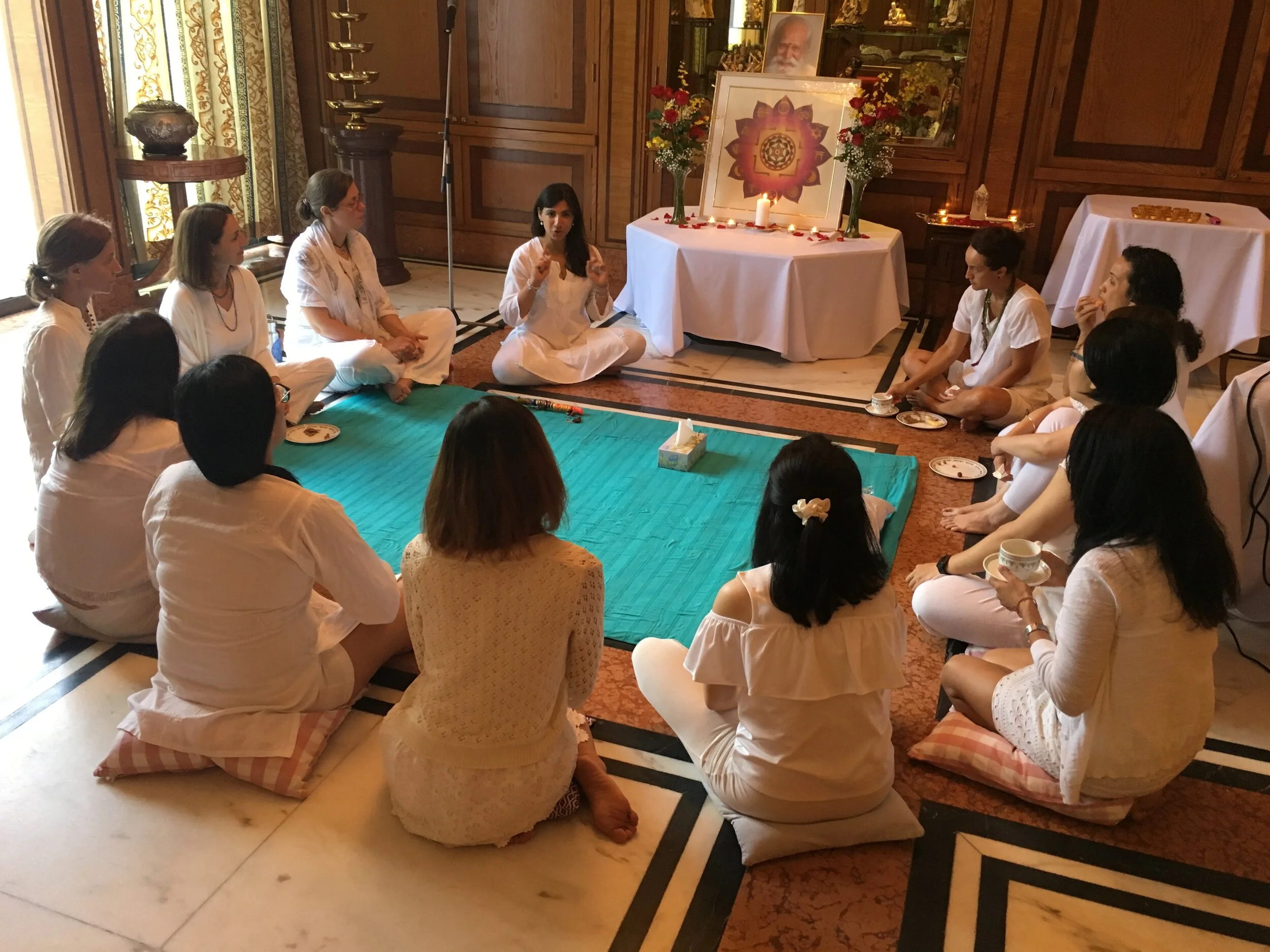To Yoga teachers, how much philosophy do you know?
I recently read a blog piece called, “What the World Needs Now is NOT ANOTHER YOGA TEACHER.” by Kimma of Flowing Lotus. It started as a complaint to yoga studio owners who were offering yoga teacher trainings as a way to generate revenue to the studio and graduating teachers who were, as she put it, “(mostly white female), inexperienced, undisciplined, infatuated with feel good vibes of Yoga… more into their Instagram accounts, calling themselves a Yoga teacher, wearing the gear, and dream of traveling to Bali for free to “lead” a “transformative” retreat at a 5 star hotel where they will be the star.”
Yes, it sounds kind of harsh, but her main point was that she proposed that the world needed more “Yogis of all colours, shapes, abilities, religions, and economic status who feel welcomed into a program that takes them on a deeper dive into the physical, mental and spiritual (YES SPIRITUAL) aspects of this wonderful practice.” Basically more instruction of Yoga Philosophy.
Here’s the tricky thing: people take teacher trainings because they want to deepen their understanding and practice of yoga, and not necessarily teach. Some people take a teacher training because they want to go into advanced yoga poses. Others actually want to teach yoga to others. So what is the purpose of a teacher training? To help student deepen their understanding of the practice or to train them how to teach other people in the practice. It needs to be a balance of both, with the classical teachings at the heart of the training.
“Think about it... do you really want to teach your students that they need to stand on their heads in order to be happy? Or do you want to teach them how to find happiness within themselves and then approach a headstand... maybe... or simply go and lead a beautiful life?”
As a Yoga teacher trainer, I have a responsibility to bring forth high quality yoga instructors. Back in the 1960s, when Integral Yoga was developing the first yoga teacher training in the West, Swami Satchidananda said that the purpose of a teacher training would be to learn what it means to live like a Yogi. For that reason, his recommendation was to live at an ashram for one month so it became a part of a student’s core being, and then be released back into the wild world with knowledge on how to share the basic teachings with others. This includes developing a sense of individualised spirituality.
Yoga philosophy is open to many schools of thought and subsequent interpretations. However, a basic understanding of the Eight Limbed Path of Yoga (Yoga Sutras) or Four Main Paths of Yoga (Bhagavad Gita) should be required. It’s loosely required according to Yoga Alliance standards, and it’s increasingly hard to find teachers who know how to teach it fully.
I don’t live or teach at an ashram, but rather the middle of a dense, intense, crowded city. So my job in the 9-12 months we share is to teach them how to live like Yogis. This boils down to emphasising Yoga philosophy and living Yoga practices above complicated asana. In our TTs, we spend a lot of our curriculum on the main paths of Yoga as well as the classical study of the Yoga Sutras of Patanjali. Not just theoretical study, but practical experiences too.
Raja Yoga
Karma Yoga
Bhakti Yoga
Jnana Yoga
Japa Yoga
I don’t churn out Yoga teachers who can teach headstand. (In fact many of them cannot even do a headstand when they come to TT.) I teach them all about Yoga on the mat and especially off the mat. I teach them how to integrate the main paths of yoga into their lives. I teach them how to lead a basic class for beginners and how they can self-develop their practices to continue guiding their students towards cultivating an easeful body, a peaceful mind and a useful life.
Yoga philosophy is the back bone of Yoga. As use Yogis know, a healthy spine is the foundation to a healthy body and mind.
Think about it... do you really want to teach your students that they need to stand on their heads in order to be happy? Or do you want to teach them how to find happiness within themselves and then approach a headstand... maybe... or simply go and lead a beautiful life?

